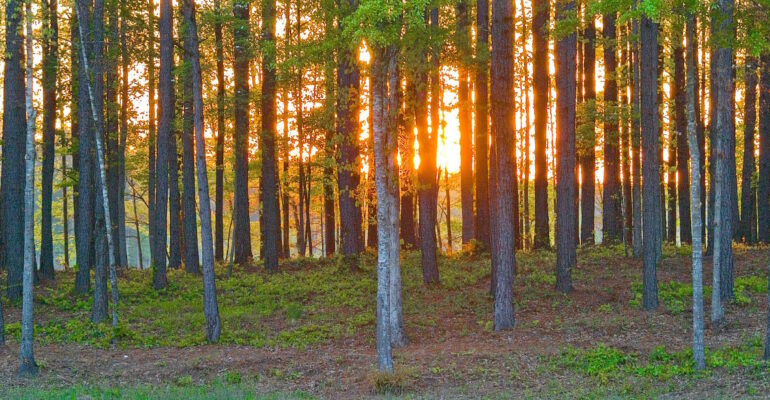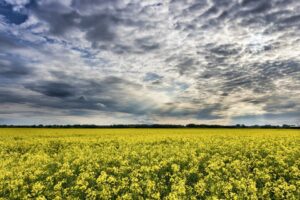A story unfolding, EU energy policy and American forests
By Sini Eräjää, Policy Officer EU Bioenergy, Birdlife Europe and the European Environmental Bureau
I never would have thought that in the early days of the EU’s efforts to increase renewable energy use that working in this field would take me to forests along the southern US coast. What do European renewable energy policies have to do with US forests? Turns out a good deal in the case of bioenergy, which is Europe’s biggest source of renewable energy.
As new power and heating plants are aiming to increase their use of renewable energy, many are turning to the use of biomass, mostly wood, for energy. With support from EU renewable energy policies and subsidies, new plants are being built while old ones are being converted to use other fuels. As a result, a whole new industry supplying wood pellets to Europe has emerged in the forest rich states of the southern US including North Carolina, South Carolina and Georgia.
The harmful environmental impacts of this new industry can be seen and felt widely in communities around pellet manufacturing plants. American NGOs have already sounded the alarm and widely documented impacts the pellet industry is having on forest ecosystems as well as the climate.
Americans are putting together measures and legislation to cut GHG emissions nationally and move towards renewable energies. A landmark piece of policy is President Obama’s Clean Power Plan which aims to cut emissions from power plants by 32% between 2005 and 2020. As part of this policy, the Environmental Protection Agency and White House recognize that bioenergy use can result in high GHG emissions, but how to limit these emissions is still on the table.
As Europeans, we have a story to tell and lessons we can share about bioenergy. In Europe, unconstrained use and support for bioenergy has ensured that it plays a dominant role in its renewable energy mix. But emerging science on GHG emissions related to bioenergy use are disturbing, suggesting that in some cases we may have altogether failed.
Public support for something which doesn’t in the end deliver expected climate and environmental goals is something we cannot afford in Europe or the US. The EU is in the process of re-evaluating its approach to bioenergy but after a decade of misguided policies, retroactive changes are never easy. The US can learn from this so America has a better chance of setting policies on the right track from the start.
Given all of the above, it seems less odd that I find myself in the middle of Southern US forests even if my work is about European bioenergy policies. Stay tuned for more!
This post is the first of a series of posts following Sini Eräjää, BirdLife Europe’s and the European Environmental Bureau’s bioenergy policy officer, during her trip to the US east coast to witness firsthand the impacts of Europe’s bioenergy policies on US forests and share lessons learned in Europe.
Photo: Sunset through the trees, Georgia (c) C.J. Peters, Flickr Creative Commons





